When it comes to residential interior design, the kitchen often stands out as the center of warmth, activity, and creativity. More than just a space for cooking, it’s where memories are made, stories are shared, and souls are nourished. But what goes into crafting such an essential space? At the root of every stunning kitchen lies a combination of aesthetic appeal and unparalleled functionality. Here, we delve into the essential principles of kitchen design that transform a simple room into a culinary masterpiece.
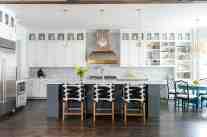
Behind every kitchen’s allure lies a core set of design principles. Let’s unwrap these layers:
Functionality First: Ever heard the saying, “form follows function”? This couldn’t be more accurate when it comes to kitchen designs. An efficient kitchen layout ensures you have everything at your fingertips - from adequate storage to easily accessible tools, and a layout that facilitates smooth cooking and dining experiences. It’s not just about looks: it’s about ease of use.
Safety and Accessibility: Anyone who’s experienced a kitchen mishap knows that safety isn’t to be taken lightly. Design should ensure easy access to essentials while minimizing risks.
Lighting Matters: Imagine chopping veggies in a dimly lit kitchen. Dangerous, right? Illumination in the kitchen is more than about setting the mood. It ensures tasks are done with precision, safety, and comfort. Both natural and artificial lighting are essential - while one uplifts the mood, the other enhances functionality.
Smart Storage: What’s a kitchen without its tools? Effective storage options prevent clutter while making sure everything is within easy reach. Effective kitchen design also considers not just quantity, but quality - have you ever thought of implementing pull-down shelves or drawers instead of cabinets? Such design choices can make a world of difference in terms of ease of use, especially for those with mobility issues.
Aesthetic Appeal: While functionality is critical, one can’t ignore aesthetics. Your kitchen should reflect both your personal style and also complement the rest of your home.
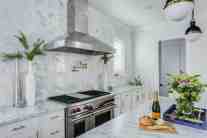
Ever wonder why certain kitchens feel more comfortable to work in than others? The secret often lies in the Golden Triangle (a design principle that refers to three main work areas: the stove, sink, and refrigerator - which form the vertices of a triangle).
When it comes to the positioning of these work areas, for a workspace to be efficient you must focus on each element having optimal distance from one another. Each side of the triangle should measure between 4 and 9 feet - or, a good rule of thumb is that when adding the lengths of each side together, the sum should fall into a range of 3.5 - 6.5 meters. This layout minimizes unnecessary movement, making cooking a seamless process.
While the Golden Triangle is about positioning, Zone Design is about function. It means grouping related tasks together, making the work sequence of activities involved in food preparation that much more efficient. Considering the general steps involves the storage, washing, preparing, cooking, serving, and eating of food - and with these in mind, your kitchen design should lend to making this process a breeze. The best part? Zone design can be curated to fit your needs - making your home that much more unique and personalized to accommodate your lifestyle.
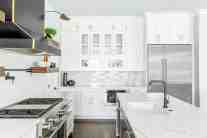
Colors aren’t just for aesthetics. They can influence our mood, appetite, and even our energy levels. How do you then pick the right shades for your kitchen?
Warm vs. Cool Tones: While warm colors can invigorate a space, cool colors tend to soothe and relax. What vibe are you aiming for?
Neutral Foundations: Neutral tones often serve as the foundation, giving flexibility in accessorizing and updating the kitchen’s look.
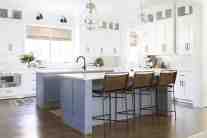
Modern kitchens aren’t complete without a touch of technology:
Smart appliances: From fridges that alert you when groceries are running low, to ovens you can control with your phone - the kitchen of the future is here. And with so many energy-efficient brands being offered every day, you can rest assured that you’ll have plenty of options to remain environmentally conscious.
Integrated Systems: Think home assistants or integrated sound systems. Now, you can ask your assistant for a recipe or set the mood with some soft tunes. That being said, it’s tempting to add the latest gadgets and appliances, but it’s essential to ensure you don’t overcrowd the space, which can hamper functionality.
While innovation introduces efficiency and convenience, there’s undeniable charm in the traditional. But who said you can’t have the best of both worlds?
Classic Designs with Modern Twists: Think traditional wooden cabinets fitted with modern handles. Or classic layouts enhanced with modern lighting solutions.
Incorporate Antiques: Sometimes, a touch of the old can bring a fresh perspective to modern designs. This is where metal choices can make a big difference in how you accessorize your space.
Open layouts: Gone are the days of secluded kitchens. Today, an open layout that blends the kitchen with the dining or living room is much sought-after. It’s about creating a cohesive space that fosters interaction.
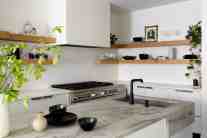
The principles of kitchen design go beyond mere aesthetics. They’re about creating a space that resonates with the people using it, ensuring both functionality and beauty. As we’ve explored, the journey to crafting the perfect kitchen involves understanding layouts, materials, colors, and the delicate dance between tradition and innovation. So whether you’re planning a redesign or simply fascinated by the intricacies of kitchen spaces, we hope this guide will offer valuable insights for your own project!
Speaking of which…ready to get started? Give ML Interiors Group a call, and let’s chat about creating the kitchen you’ve always wished for.

Interior design rules have long provided structure—but in 2026, many of them are quietly being set…
View Post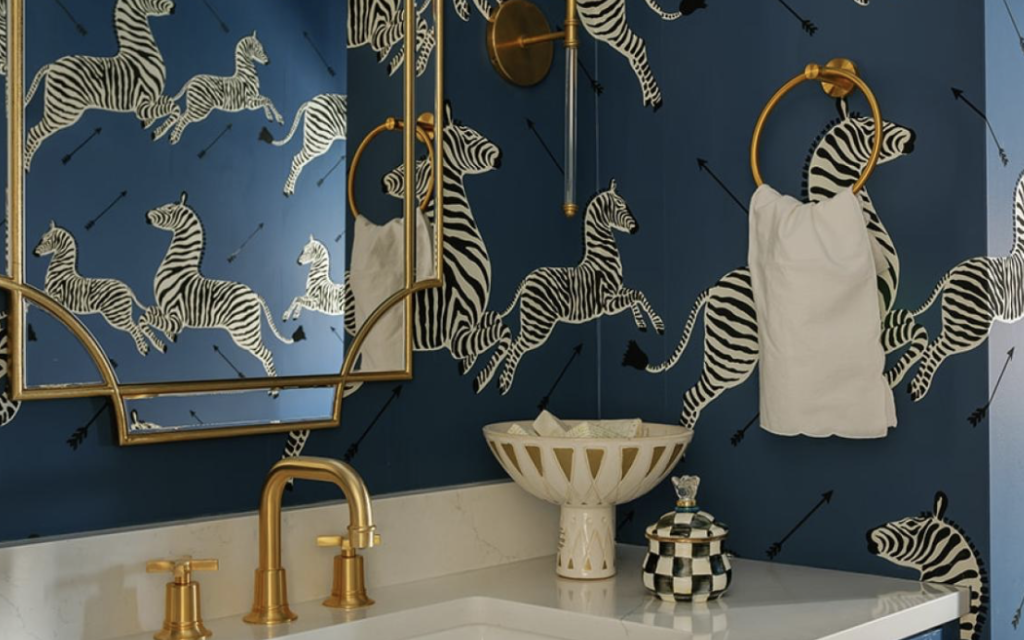
Design Trends vs. Timeless Style: What We Recommend, and Why Every year brings a new wave of…
View Post
The holidays are the perfect time to make your home feel cozy, festive, and full of personality.…
View Post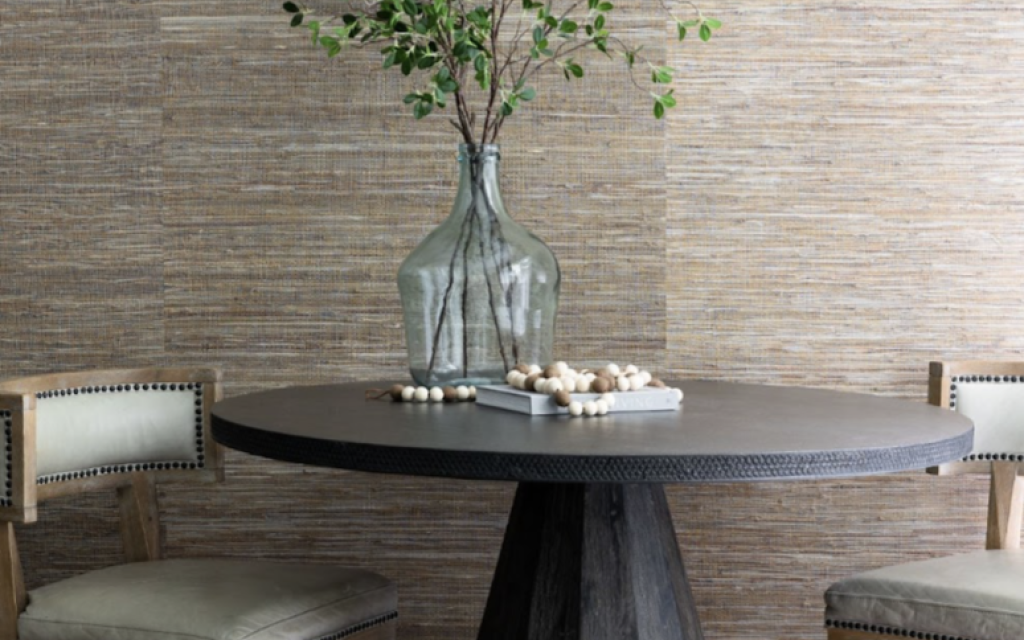
Once dismissed as “too traditional" or “outdated”, brown is officially back and trending big time..…
View Post